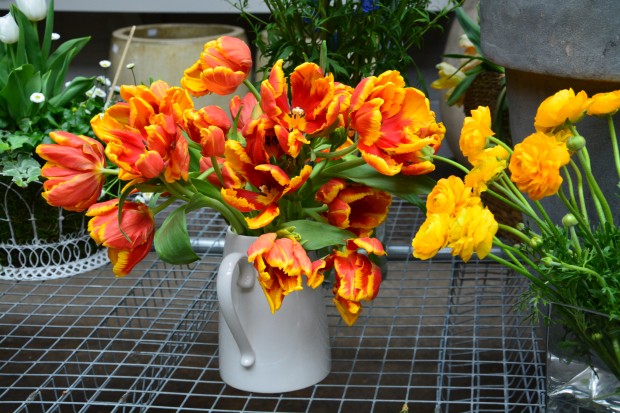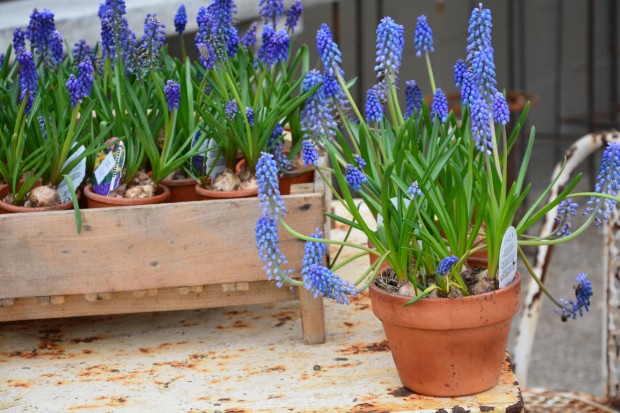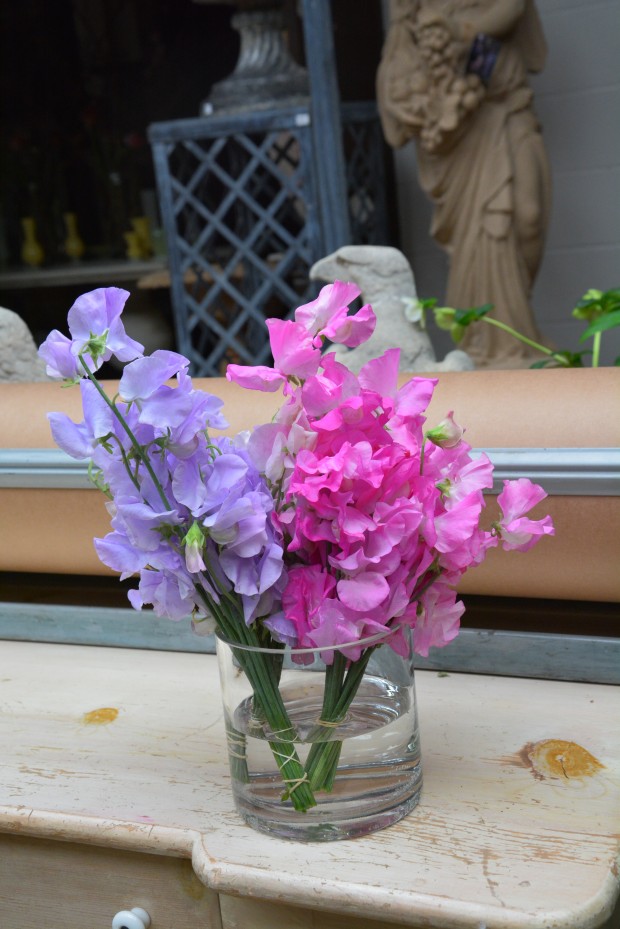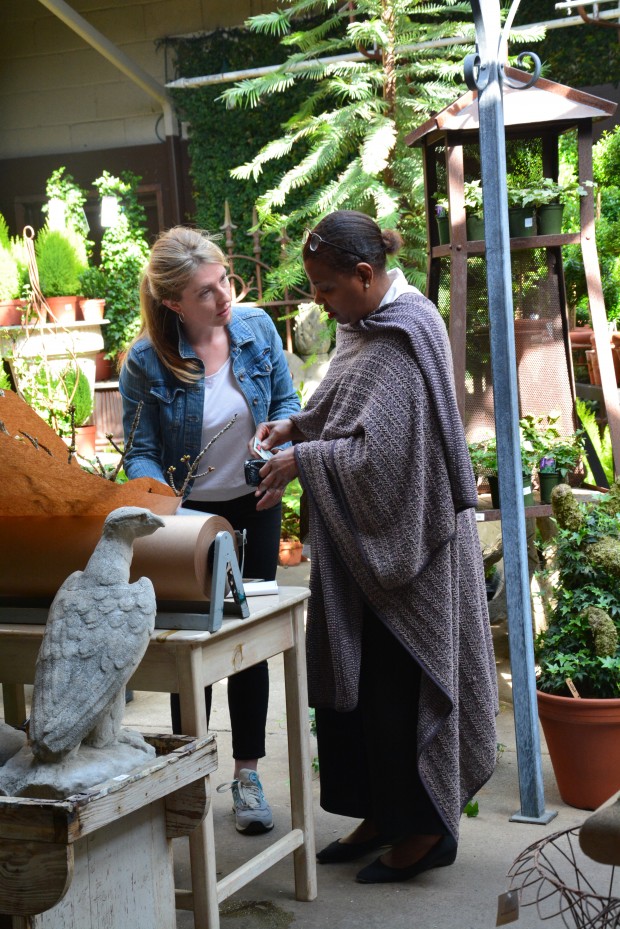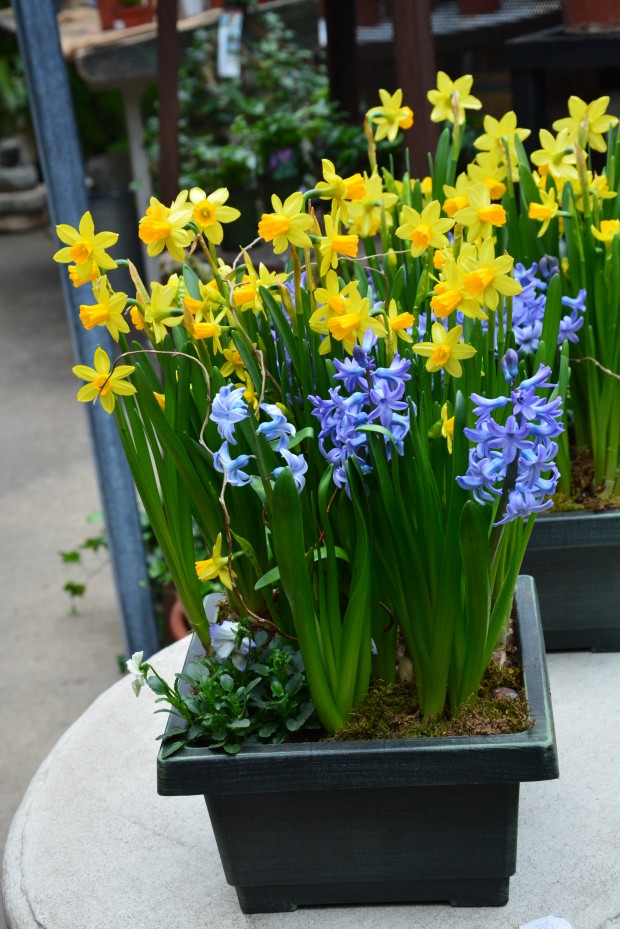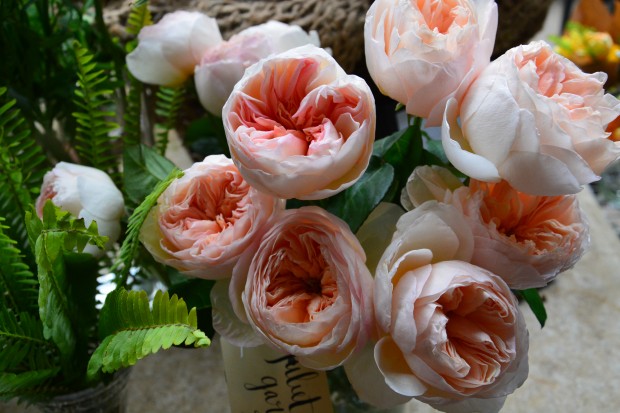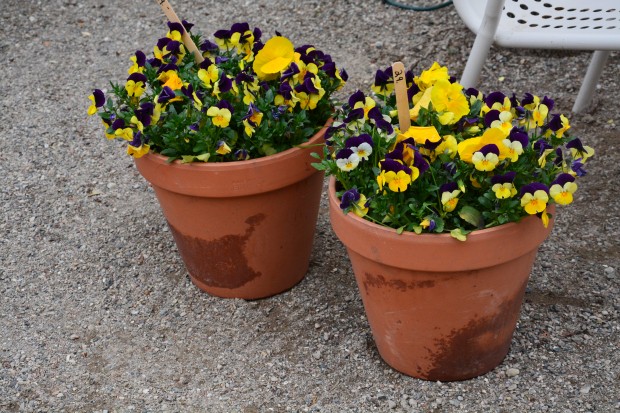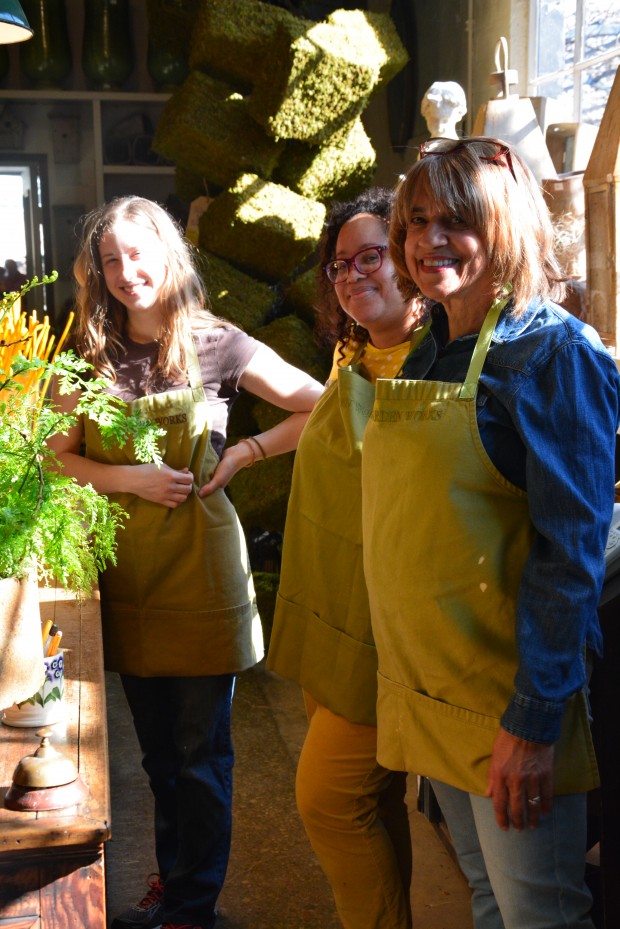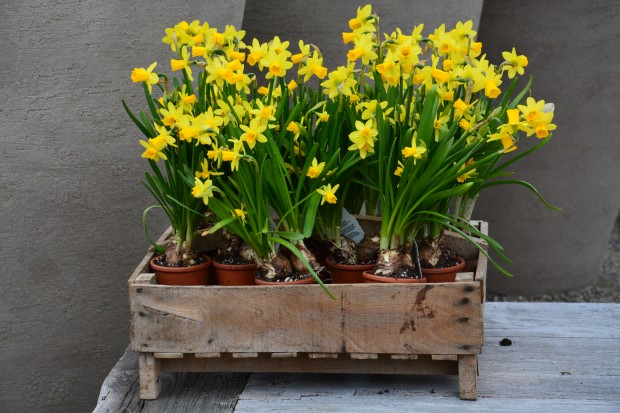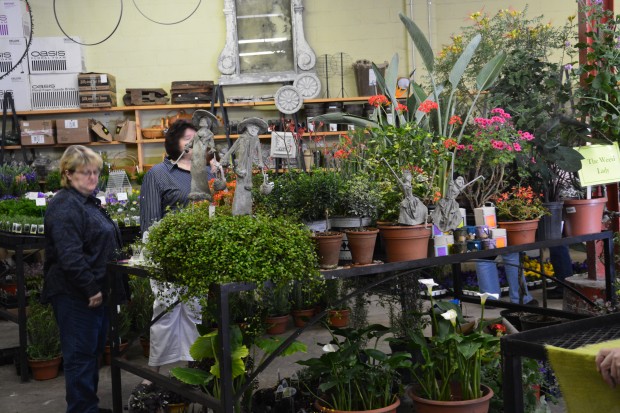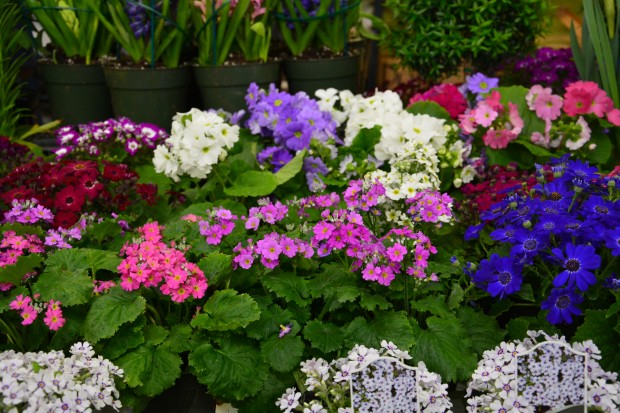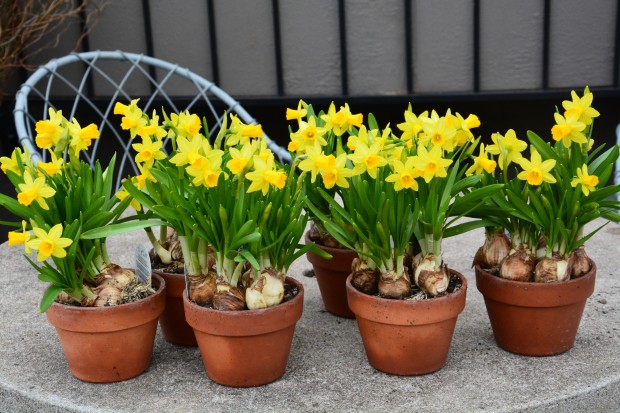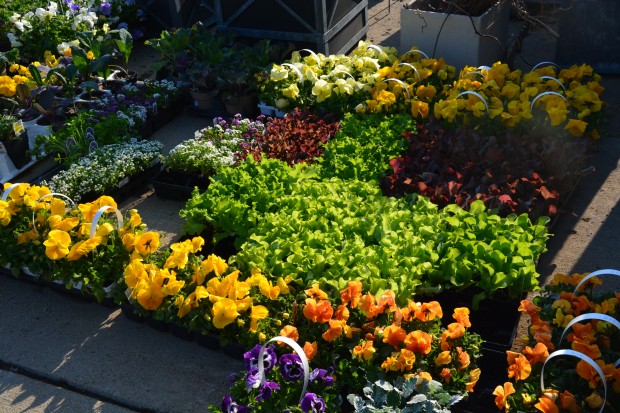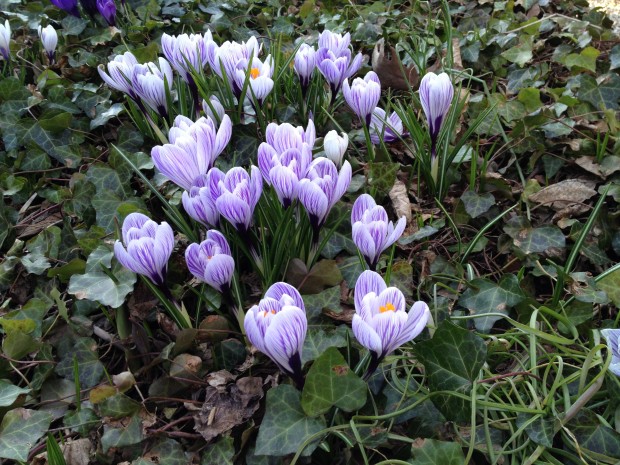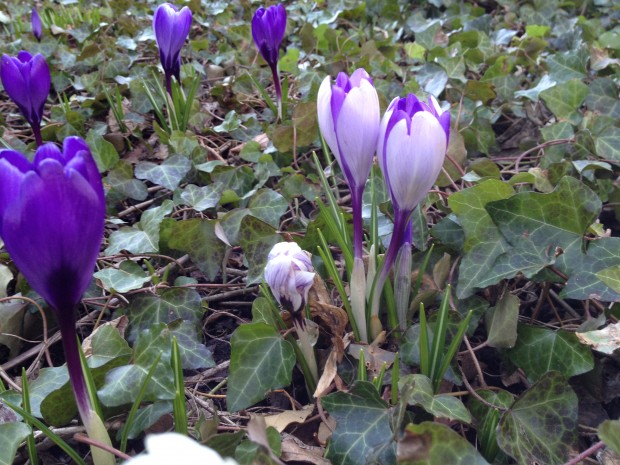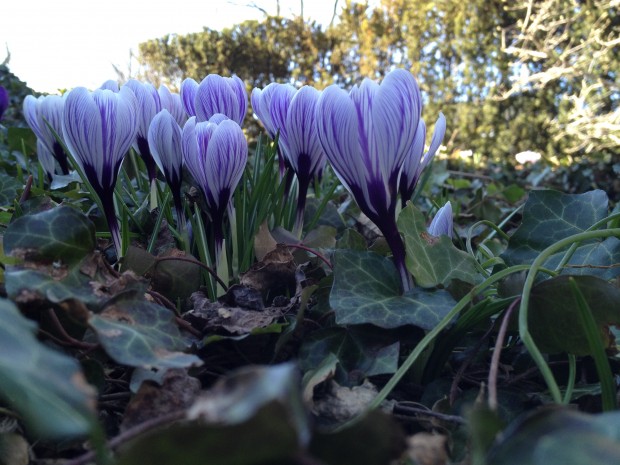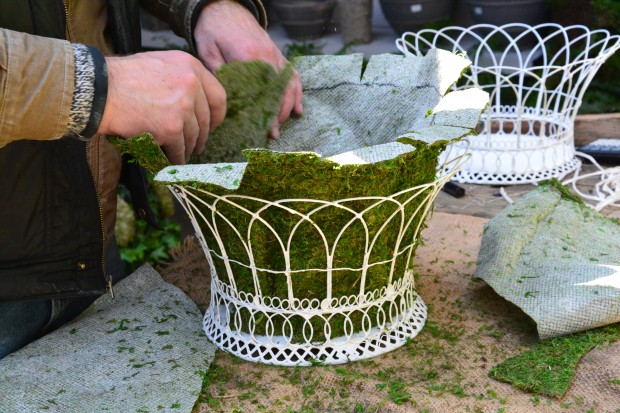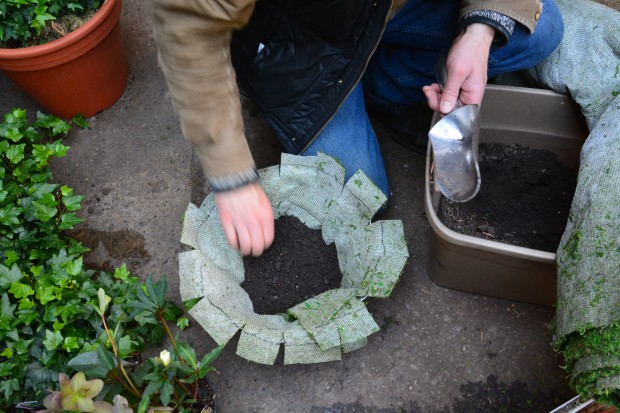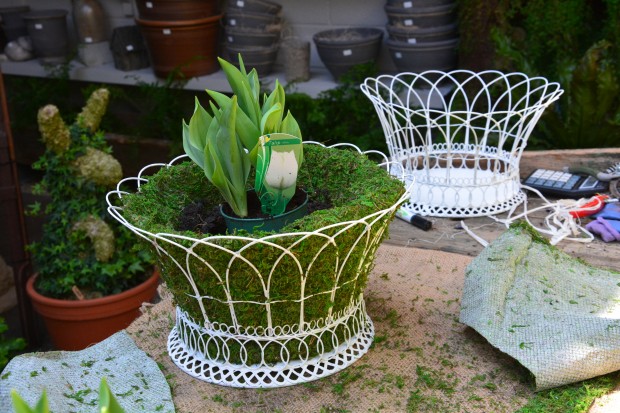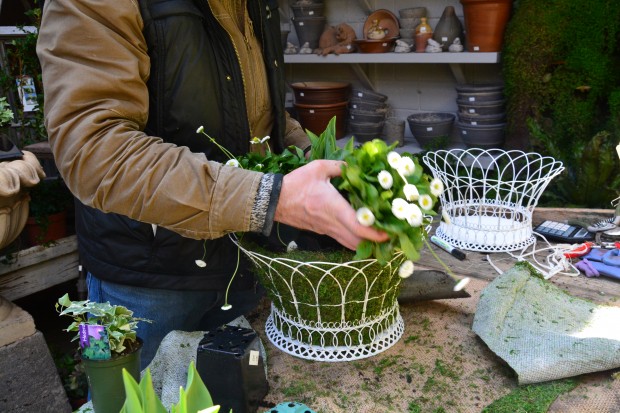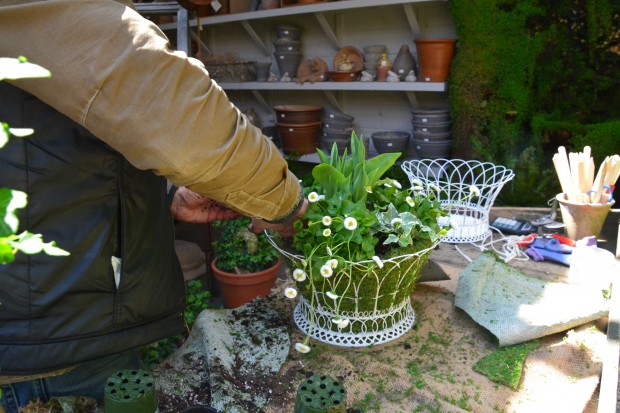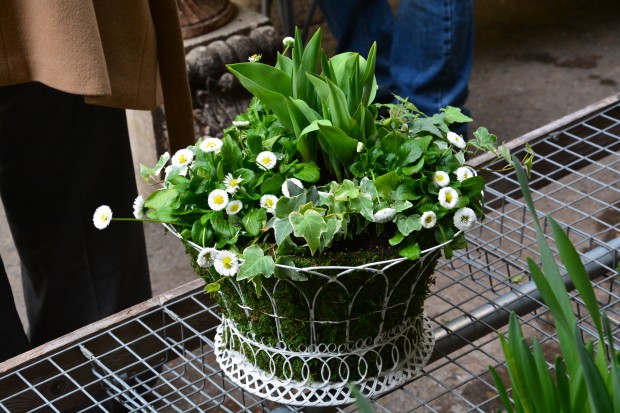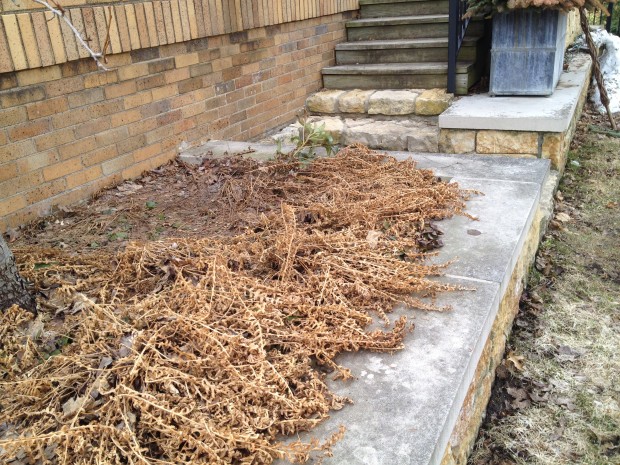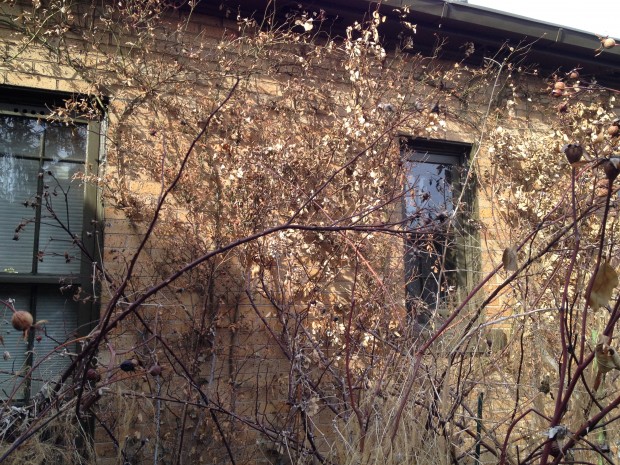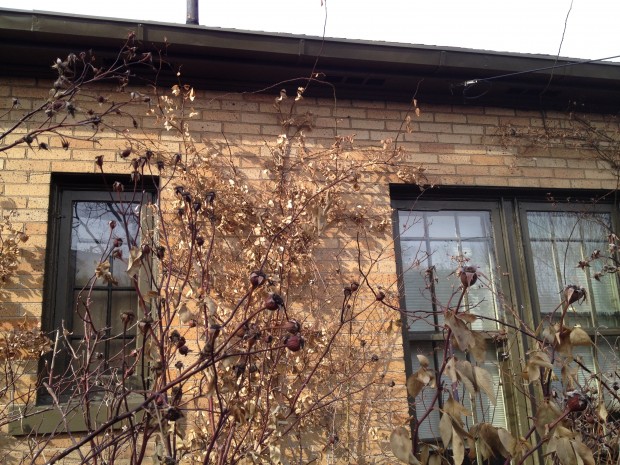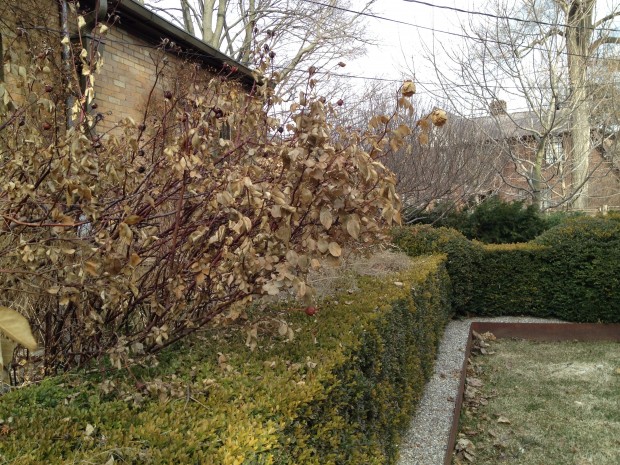 Detroit Garden Works hosted the first day of its annual spring garden fair yesterday. In 2010, we decided to sponsor a spring fair for a a few good reasons. Rob has shopped overseas for Detroit Garden Works for 18 years. In fact, we just had a container from Belgium arrive a few days ago. In his travels, he has had occasion to attend garden fairs in a number of different countries, in spring summer and fall. The European fairs feature growers of plants, vegetables and fruits. Some fairs have chickens for sale, or mushrooms in season. People of a gardening persuasion have a chance to gather over a coffee and a little something to eat.
Detroit Garden Works hosted the first day of its annual spring garden fair yesterday. In 2010, we decided to sponsor a spring fair for a a few good reasons. Rob has shopped overseas for Detroit Garden Works for 18 years. In fact, we just had a container from Belgium arrive a few days ago. In his travels, he has had occasion to attend garden fairs in a number of different countries, in spring summer and fall. The European fairs feature growers of plants, vegetables and fruits. Some fairs have chickens for sale, or mushrooms in season. People of a gardening persuasion have a chance to gather over a coffee and a little something to eat.
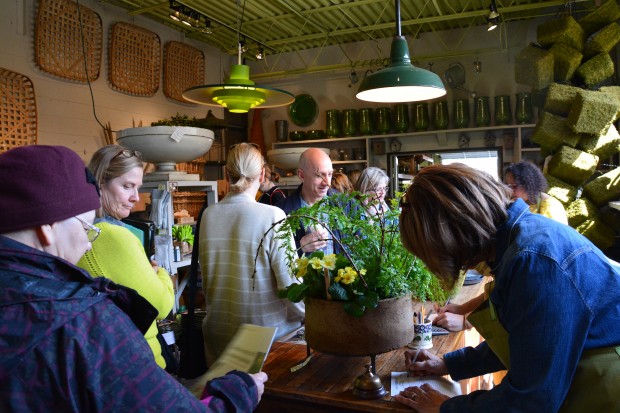 We are firmly behind celebrating the spring season. Michigan winters are long and hard. This past winter was a record breaking heartbreak. Once nature suggests that the winter is about to be over, we like to celebrate. Last year’s fair proceeded as scheduled despite very cold temperatures, and snow flurries. 11 vendors representing topiary plants, spring flowering shrubs and tree peonies, cut flowers, spring container plants, herbs, wildflowers, spring flowering perennials including an extensive collection of hellebore cultivars, tools, succulents, spring wreaths, dry and preserved materials-I believe I even saw a strelitizia in bloom.
We are firmly behind celebrating the spring season. Michigan winters are long and hard. This past winter was a record breaking heartbreak. Once nature suggests that the winter is about to be over, we like to celebrate. Last year’s fair proceeded as scheduled despite very cold temperatures, and snow flurries. 11 vendors representing topiary plants, spring flowering shrubs and tree peonies, cut flowers, spring container plants, herbs, wildflowers, spring flowering perennials including an extensive collection of hellebore cultivars, tools, succulents, spring wreaths, dry and preserved materials-I believe I even saw a strelitizia in bloom.
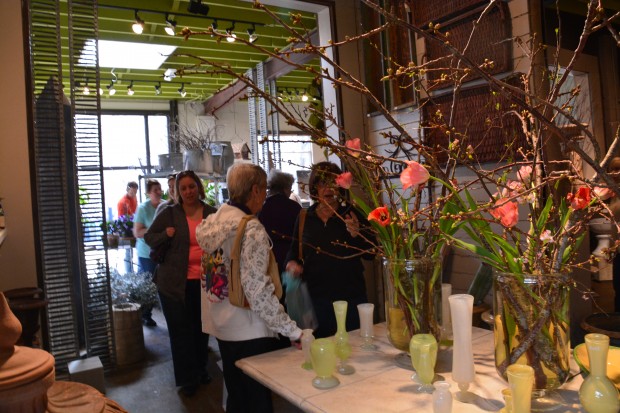 Spring was in the air. Yesterday was the best weather we have had in 6 months. The day was marked by lots of sunshine, warm temperatures, and lots of smiles. Even though we provide valet parking as so many people attend this event, lots of people parked blocks away and walked. The day was that nice. If you plan to come to the fair today, and park your own car, be advised that no cars can be parked blocking the bike path that is a bridge over Telegraph. When in doubt, let the valet people park your car.
Spring was in the air. Yesterday was the best weather we have had in 6 months. The day was marked by lots of sunshine, warm temperatures, and lots of smiles. Even though we provide valet parking as so many people attend this event, lots of people parked blocks away and walked. The day was that nice. If you plan to come to the fair today, and park your own car, be advised that no cars can be parked blocking the bike path that is a bridge over Telegraph. When in doubt, let the valet people park your car.
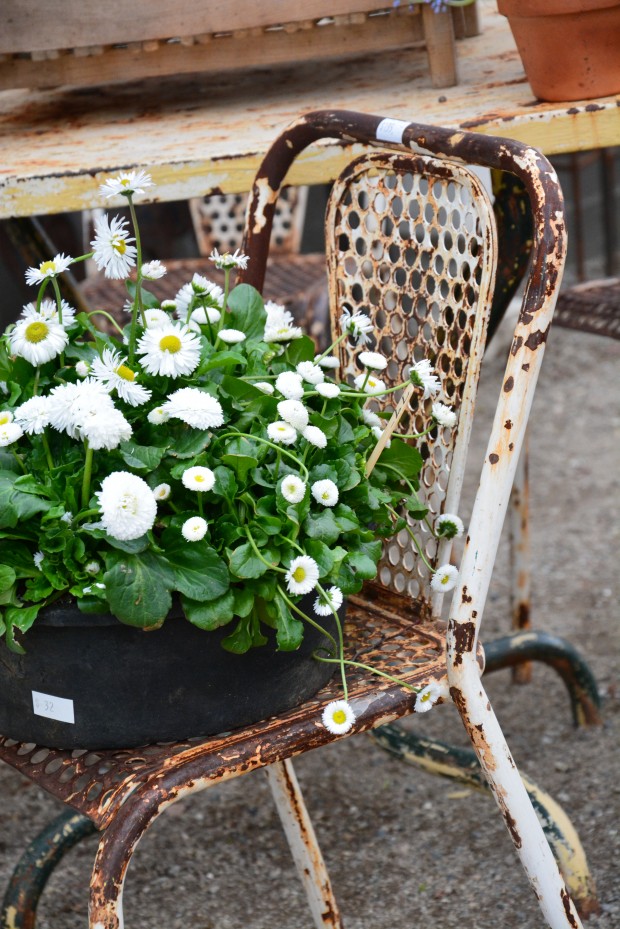 Of course there was plenty of talk about the ruins of our winter, but there is nothing like an incredibly bad winter to make the experience of the first spring day so welcome. Liberating. We had as many people outdoors walking the shop grounds as indoors. We’ll be open today from 14 to 4. If you have a mind to, come to the fair.
Of course there was plenty of talk about the ruins of our winter, but there is nothing like an incredibly bad winter to make the experience of the first spring day so welcome. Liberating. We had as many people outdoors walking the shop grounds as indoors. We’ll be open today from 14 to 4. If you have a mind to, come to the fair.
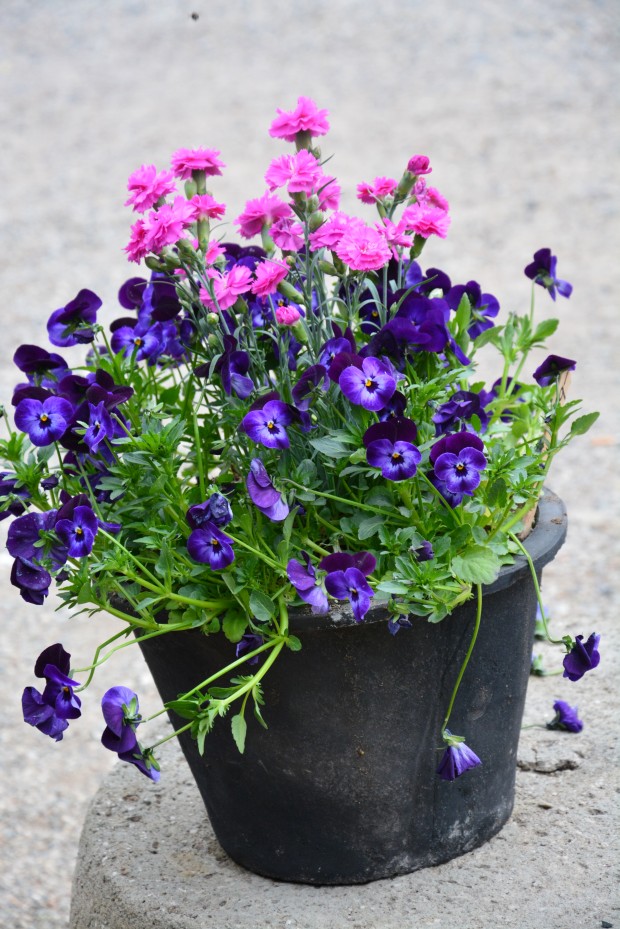 spring container planting with dianthus and violas
spring container planting with dianthus and violas
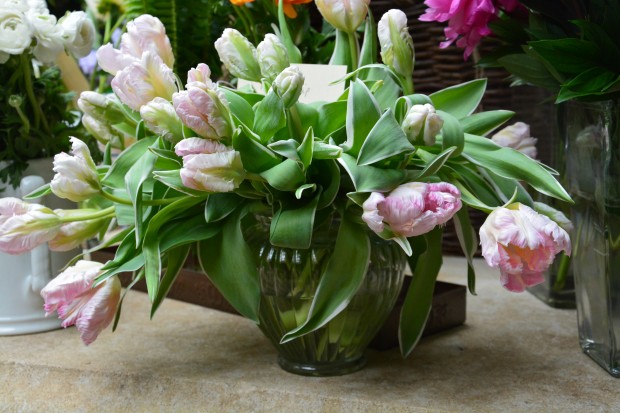 cut pale pink parrot tulips with variegated leaves
cut pale pink parrot tulips with variegated leaves
